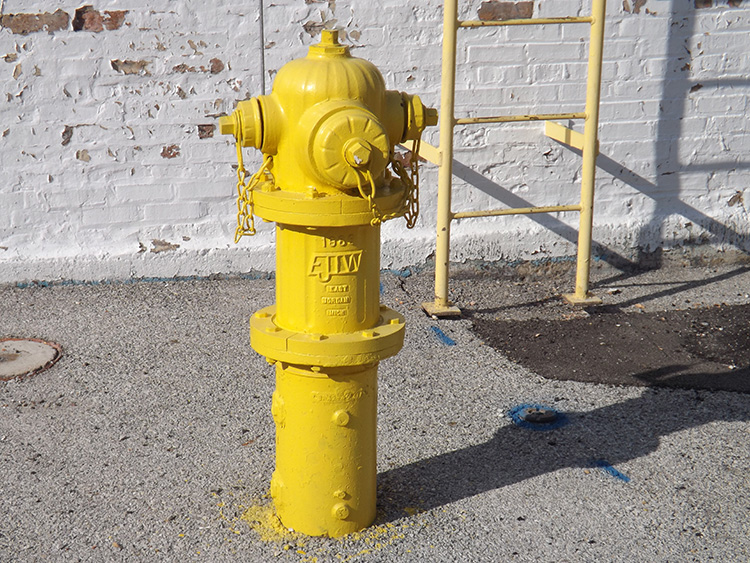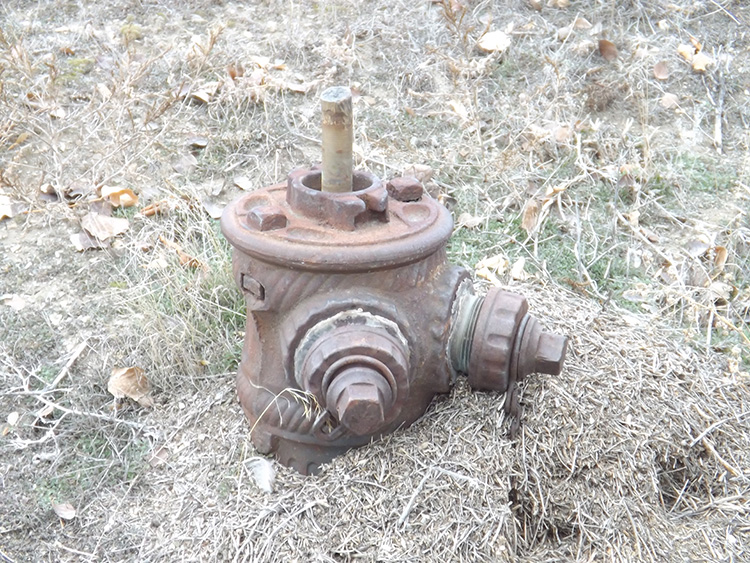WET BARREL – DRY BARREL
Fire hydrants are classified as either dry barrel or wet barrel. Wet barrel hydrants can only be used in areas where the temperature never drops below freezing. In a wet barrel hydrant the water is retained within the upper visible portion of the hydrant at all times. If the temperature drops below freezing, the water inside the hydrant would freeze, and then crack the hydrant.
Dry barrel hydrants are designed to shut off the inflow of water below the ground surface, so when the water is turned off, the hydrant is actually empty or dry. It is easy to see why dry barrel hydrants are far more common. The majority of North America experiences freezing temperatures, at least several times a year.
Fire hydrants are usually made of iron, but with internal stems and valves made of bronze. They are placed anywhere from 300 feet to 500 feet apart from each other depending on the local fire ordinances, so fire hydrants are of course quite common.
Most utilities are meant to operate in a tree and branch system gradually flowing outward from a single source, but water lines are more commonly constructed to literally run in a circle. Water systems are probably the most looped utility in existence, and this is purposely for fire protection. Instead of water being just a one-way downstream flow, the water layout is usually designed to have water available from either direction of a main pipe.
FIRE HYDRANT COLORS
The American Water Works Association (AWWA) created a color code for the top portion of the hydrants (the bonnet) that identifies their individual water capacity. In this way the fire department would be able to instantly recognize the capacity of the hydrant without having to check records.
Since dry barrel hydrants have a distinctive bonnet and barrel, the bonnet will be painted in the pressure color, but the barrel may be a different color. On the other hand, wet barrel hydrants do not have a distinctive difference between the top and base of the hydrant. Therefore, wet barrel hydrants are far more likely to be painted in all one color.











